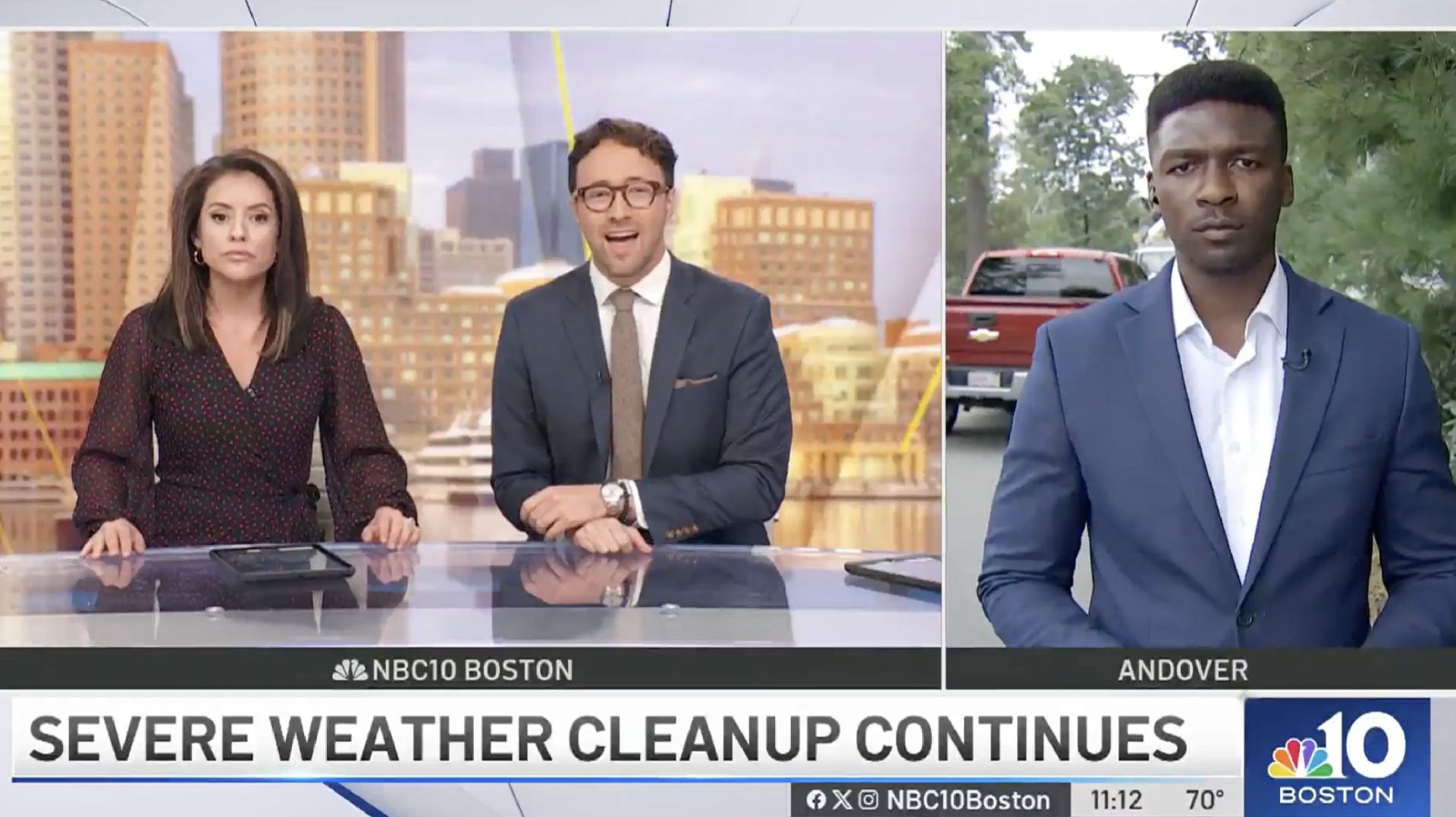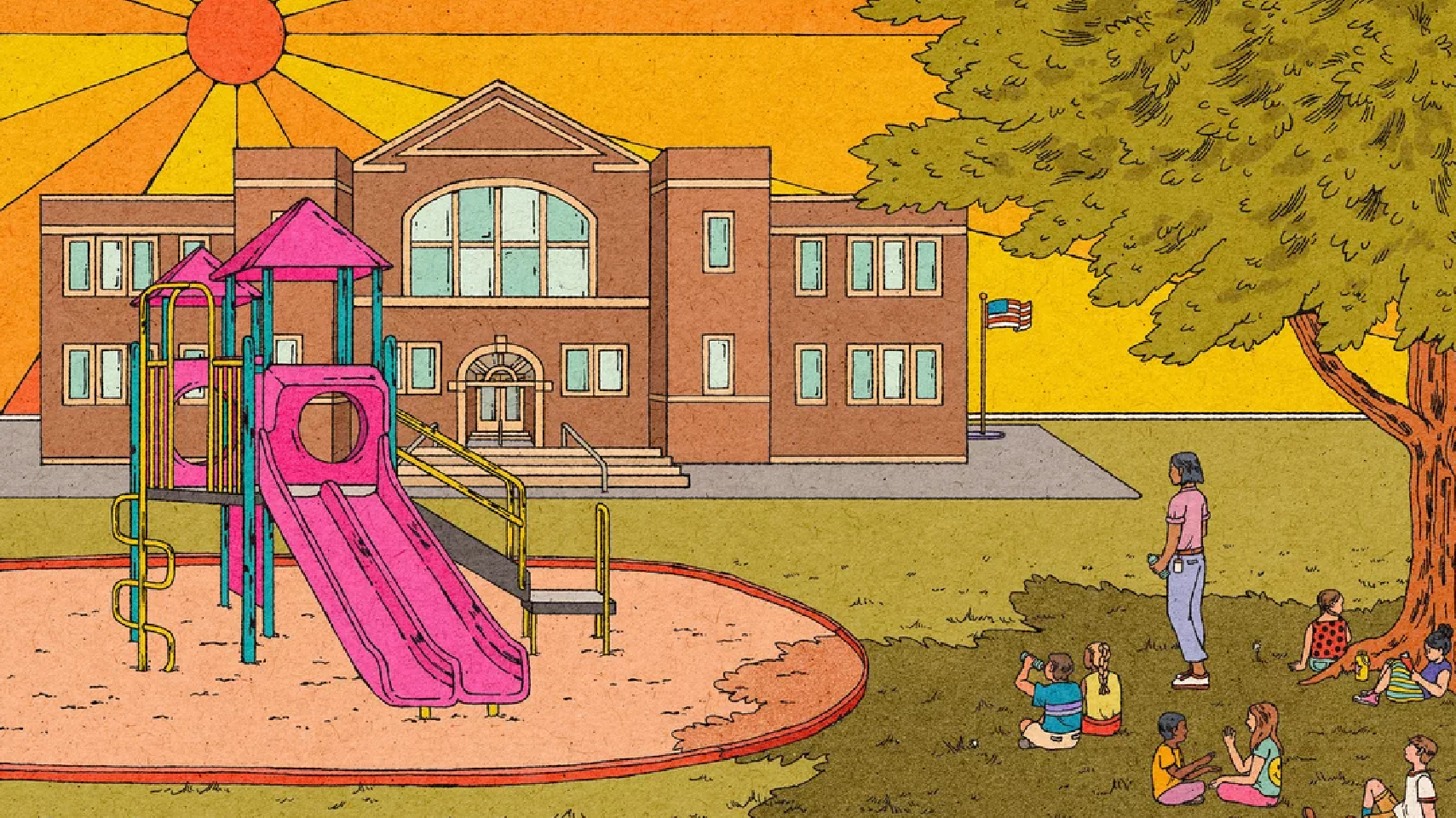Every year, students miss school days due to extreme weather events connected to climate change, including record heat, severe storms, flooding, and wildfires, which force school closures.
Heat waves close schools seemingly everywhere, including Arizona, Georgia, Michigan, and Wisconsin. Wildfires have shuttered schools in Nevada. Flooding closes schools across the country.
Older schools, often in vulnerable communities, tend to be the most impacted. They lack infrastructure like air conditioning, forcing students to miss school on excessively hot days or attempt to learn in unsuitable environments.
School closures limit learning opportunities, foster social and psychological problems, and cause food and economic insecurity for families. A 2022 study by the Government Accountability Office found that natural disasters have had “devastating effects on K-12 schools including trauma and mental health issues among students and staff, lost instructional time and financial strain.” Education Week reported that a “body of research has found that heat makes it harder for students to learn, and students perform worse on tests when they’re hot.”
Kids should be in school to learn, not at home waiting out a heat wave. It’s time to implement Solutions for Pollution.

210 million children lost school days in April and May due to extreme heat.
"“Over 210 million children [worldwide] lost crucial school days in just April and May of 2024 due to school closures from extreme heat, a Devex analysis has found. The true scale of this climate change-driven disruption to education is likely even greater, as there is little official data or research on how often schools shut down because of extreme temperatures.”"
Chronic climate events impact learning.
"“Across the world, climate change has driven a rapid rise in weather-related disasters. In the past three years, the US has experienced a record number of weather events and disasters that have resulted in hundreds of billions of dollars in total damages. As events like heat waves, hurricanes, and wildfires become more common, school districts nationwide have had to grapple with learning disruptions and widespread school closures…Heat waves, which can have serious negative implications for students’ learning ability, have marked the start of recent school years, prompting school districts across the country to delay their start dates. Other chronic climate events, like prolonged flood seasons, are also concerns for schools…""
Climate change disrupts learning.
"“As climate disasters become more commonplace, school districts are learning that a strong storm can put learning in a state of disarray…The question for schools around the country remains how, and if, they can prepare their facilities for climate change — and other natural calamities, like the coronavirus pandemic. Money is one issue; bureaucracy is another….At the beginning of the academic year, many schools, particularly in the Midwest and Northeast, had to close or dismiss students early because of sweltering heat…""
Natural disasters related to climate change have ravaged schools post-pandemic
"“An increase of natural disasters from wildfires to floods to hurricanes to tornadoes – exacerbated by climate change – have ravaged America’s schools since students returned to in-person learning after the COVID-19 pandemic…""
Heat linked to climate change means school is like “the ninth circle of hell” for some kids.
"“Kids are back in school in the U.S., which may feel like the ninth circle of hell for some of them, and not just because of the homework and tests. With extreme heat still baking the country, many schools aren't prepared for the effects of the climate crisis, leaving students and teachers with no other choice than to work inside sweltering buildings.” "
Learning is impacted by climate change.
"“Heat isn’t just a health risk – it also challenges learning: A 2018 study from the Harvard Kennedy School showed that in schools without AC, students learning over the course of the year dropped 1% for every 1-degree Fahrenheit increase in temperature…""
Federation of American Scientists: Requiring children to attend school in extreme heat is unsafe but closing schools has wide-ranging consequences for learning, safety, and food security.
The Leominster area picked up between 2 to 2.5 inches of rain in about an hour.
Estimated rain for the day nearing 7 inches or more.
Many CT Schools Close Early Again Thursday Due To Hot Weather.
"Students at many Connecticut schools will be dismissed early Thursday for the second or third day in a row amid scorching weather that has prompted local and state officials to act."
Air temperatures were expected to reach 90 to 95 degrees
Heat index values will be even higher and may reach 100 degrees in some areas.
Some D.C. Classrooms Don’t Have Air Conditioning During Record Heat.
"As the D.C. region continues to sweat through a record-breaking late-summer heat wave, some D.C. public school students don’t have air conditioning in their classrooms. It’s a problem the city has been grappling with for decades, but this year, the start of the school term coincided with D.C.’s hottest 4-day stretch on record for September."
D.C. Public Schools Had "84 High-Priority Work Orders For Malfunctioning HVAC Systems"



































